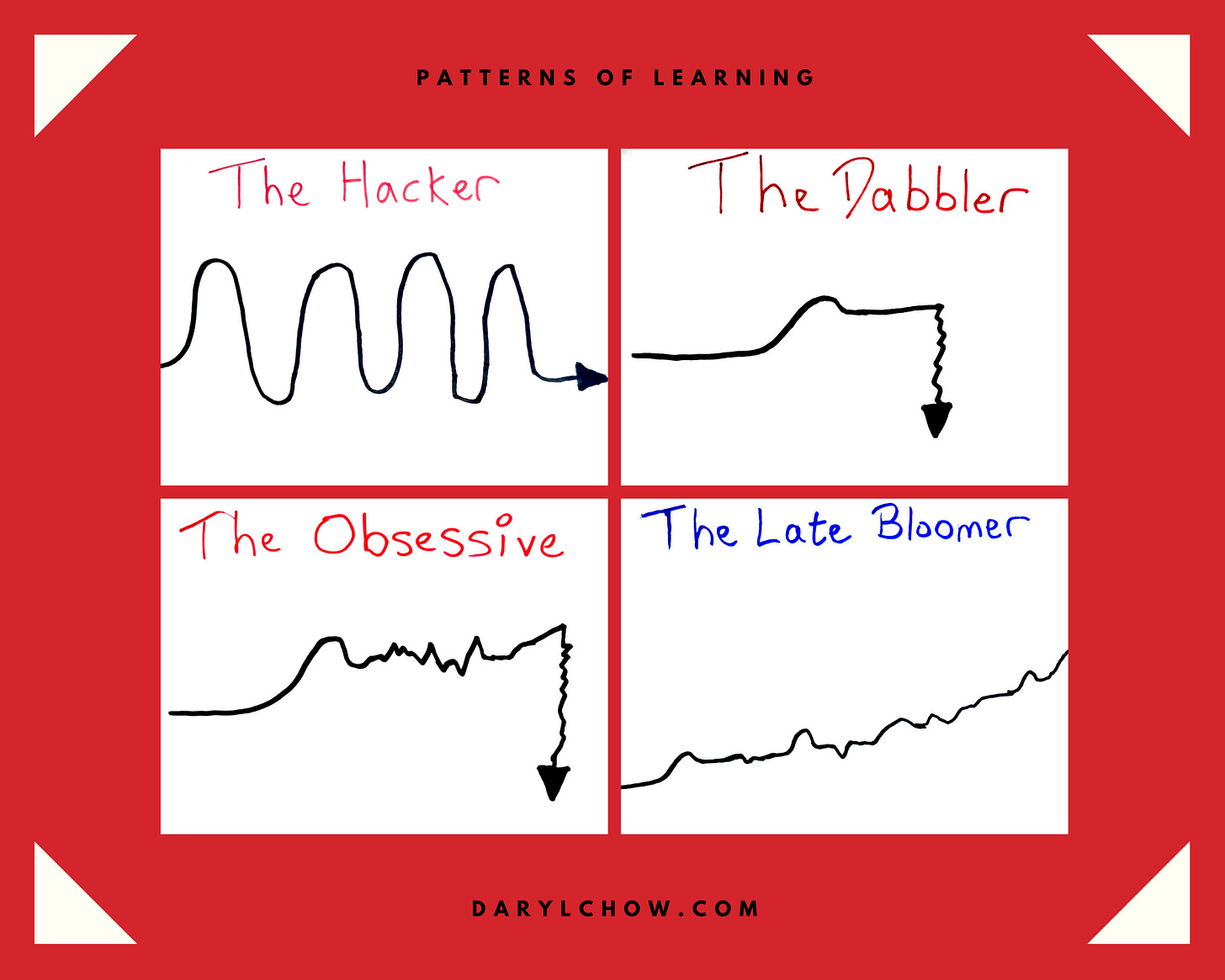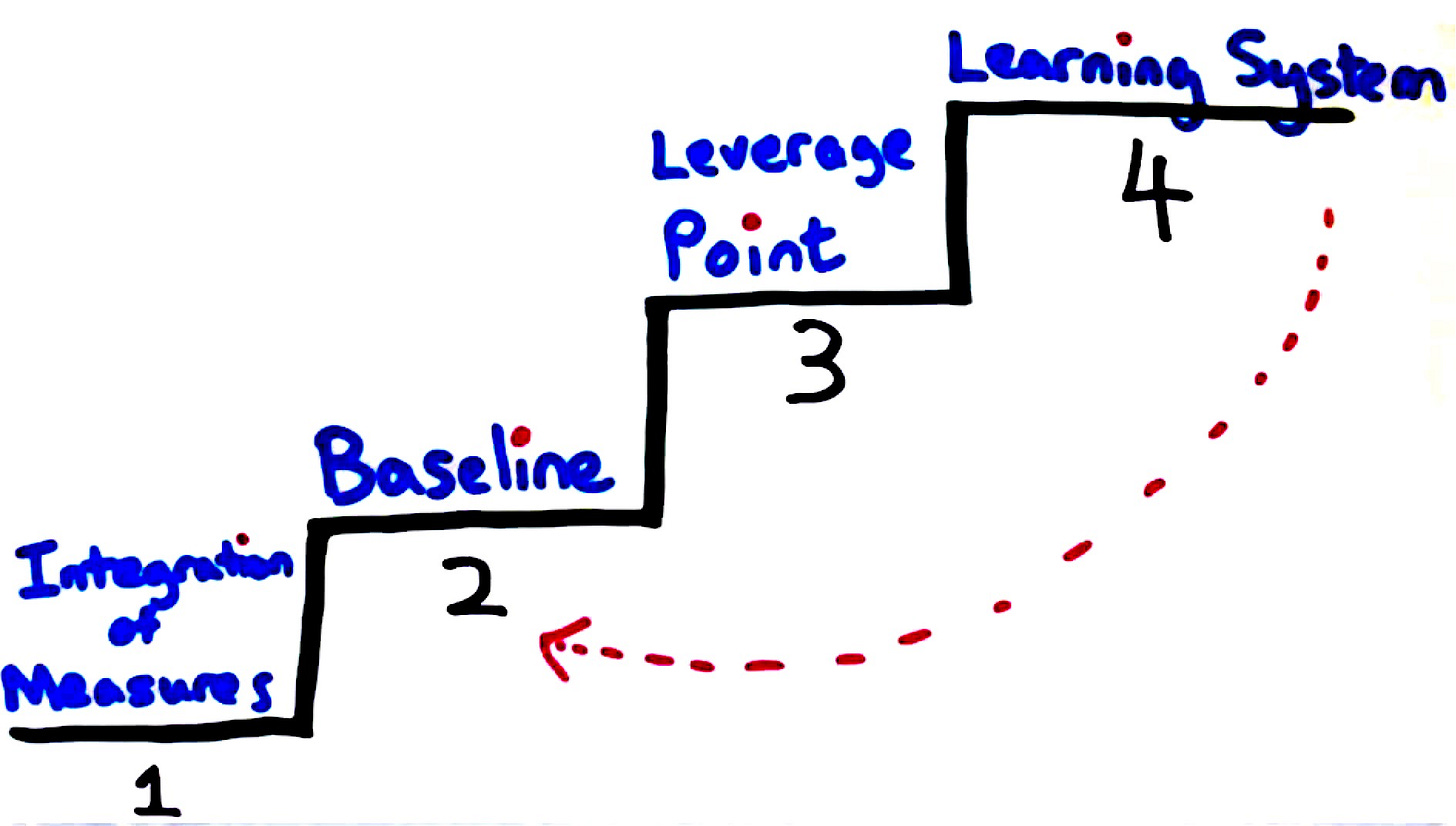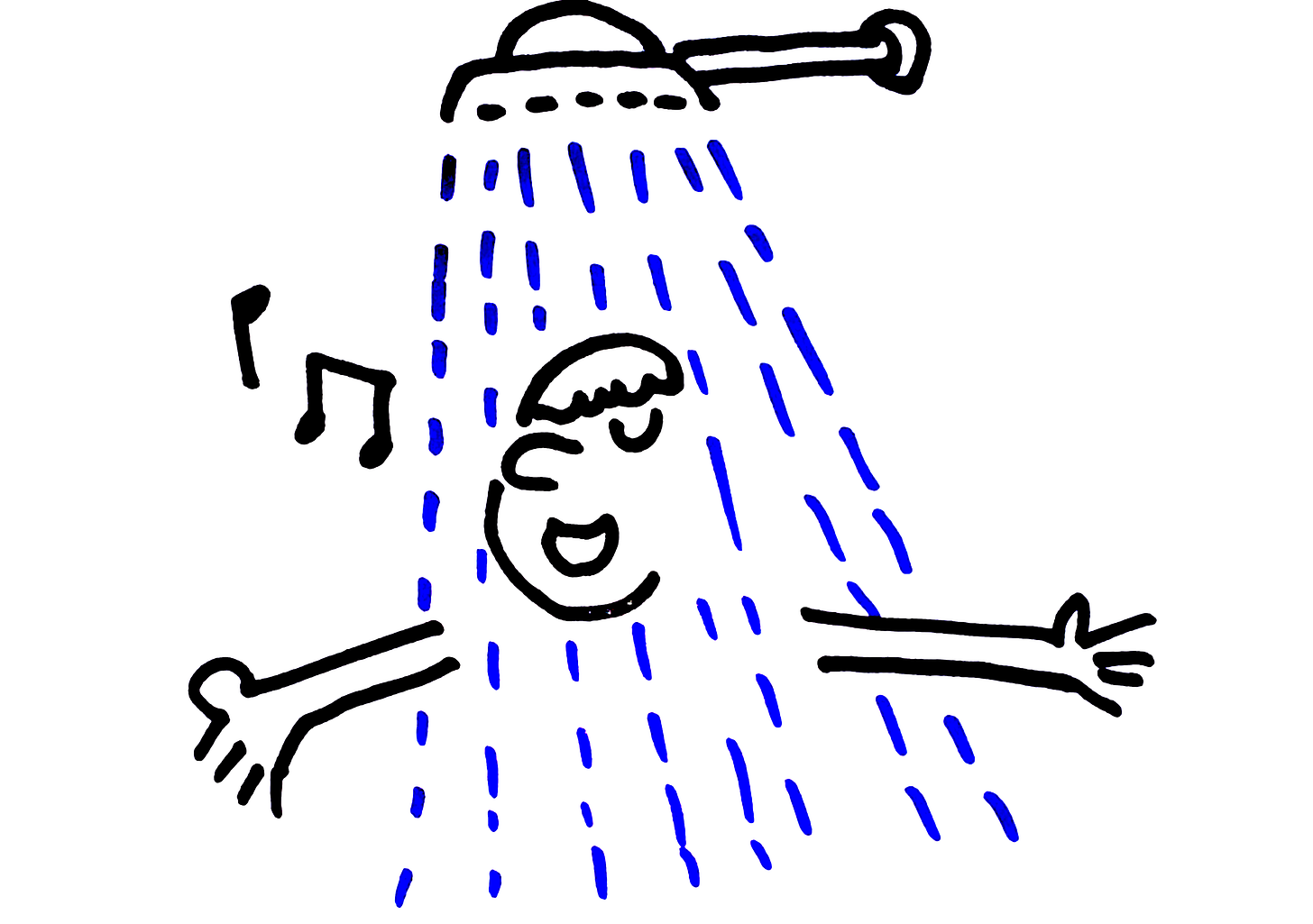Frontiers Friday #63. See What You Hear, Hear What You See

Frontiers of Psychotherapist Development
Frontiers Friday #63. See What You Hear, Hear What You See (Part I)
In this week's installment, I thought I'd share some sketches that I've been making.
If you see the materials in the course Deep Learner and in our book Better Results, we've taken an approach to sketching other images ourselves. It's nowhere near perfect--but I guess that's the idea.
A few years ago, I began to obsess with how to covey not-so-straightforward ideas using sketchnoting. After reading Understand How We Learn by Weinstein, Sumaracki and Caviglioli and Stop Talking, and Start Influencing by Jared C Horvath, I was convinced that I had to doodle a bit more.
Based on the Dual-coding theory, there are two independent pathways that we neurologically encode information. This is called the visiospatial sketchpad (i.e., visual) and the phonological loop (i.e., spoken words and written words). Incidentally, this is why when you are trying to listening to a talking head in a presentation, and trying to read a text-heavy slide, it seems hard to focus. In this instance, the phonological pathway is overly taxed.
In this series of Frontiers Friday, I'd share some of this sketch notes that I've been playing around with. If you've been to some of my trainings before, a few would be familiar to you.
🗣 Which Type of Learner Are You?

Which pattern of learning do we get sucked into becoming?
And which of the 4 patterns of learning resembles mastery learning?
If you missed this keynote, The Edge and Leverages of Deliberate Practice, I've talked briefly about this at the end of the talk.
Four Levels in Your Professional Development Journey

Hazard a guess:
At which level do majority of practitioners face challenges that stop them from real development? (*see answer below)
Two Ways to Influence Client Outcome

vs.

Two Questions:
i. Do you know what are the key factors that are predictive of improving client outcomes?
ii. And based on your current performance, what are the factors that are influenceable in leveraging outcomes?
Leverage point is a critical step in using deliberate practice to improve your outcomes. We tackle this issue heads on in our upcoming Deliberate Practice Web-Based Workshop. More info below.
"Are You Experienced?"

We must do our best to counteract the redline. See this post, 6 Visuals About Our Progress.
⏸ Words Image Worth Contemplating:

The art of losing control
Reflection: The next time you are in the shower, sing your troubles for 5 mins--without stopping. Don't stop, don't censor, don't judge. (notice how a critical side might creep in "I'm crazy...I can't sing..I'm out of tune...") ...and Just sing it away anyway. After you have done so, what can you graft from this little experiment? (footnote: I stole this idea from one of my favorite improvisational singers, Bobby Mcferrin.)
WELCOME...DOOR IS NOW OPEN. Scott Miller and I are now ready for our 4th cohort of the Deliberate Practice Web-Based Workshop, which kicks off on 29th of Nov 2021. Registration is now open to a limit of 40 participants. USE THE FOLLOWING PROMO CODE AT THE CHECKOUT FOR AN EXCLUSIVE INSIDERS 15% OFF: BETTERRESULTSTEAM (Click here to preview the course. We've made some modules free to preview) ANSWER:
While many practitioners are now moving ahead with their efforts to get better, the question posed at point #2 about which of the 4 levels do majority of practitioners get stuck is at Level 1: Integrating the use of measures
BIG HUGS TO NEW SUBSCRIBERS WHO WANT TO BE AT THEIR FRONTIER!
If you've just joined us, I'm glad you can join us at the "bleeding edge." Feel free to check out the back catalogue of Frontiers of Psychotherapists Development (FPD).
And if you want to see past newsletters, click here.
In case you missed it, see the most recent missives
(3 Parts)
(3 Parts)
(4 Parts)
Unintended Consequences (2 Parts)
(4 Parts)
(3 Parts)
(5 Parts)
(6 Parts)
(2 Parts)
My other blog site is called FullCircles: Reflections on Living
By the way, don't feel bad if you want to unsubscribe to this newsletter. This might not be for you. The last thing I want is to add to the anxious clutter of our inboxes.



